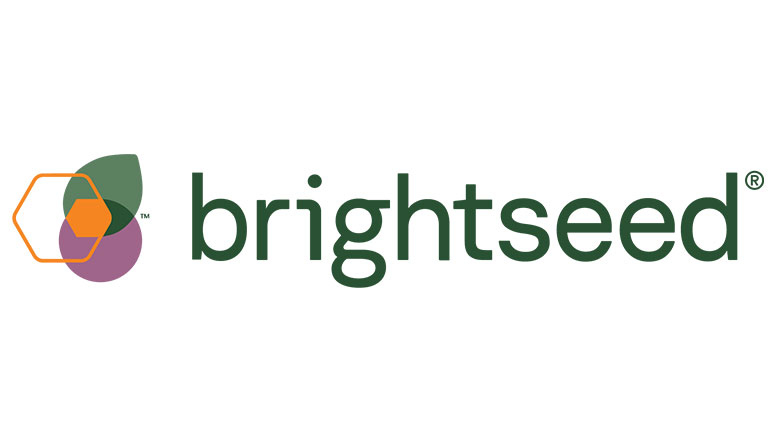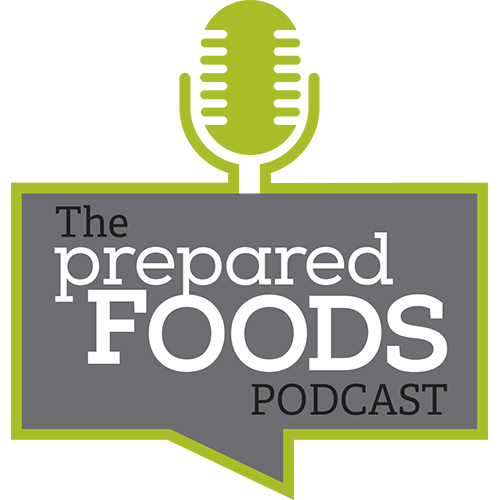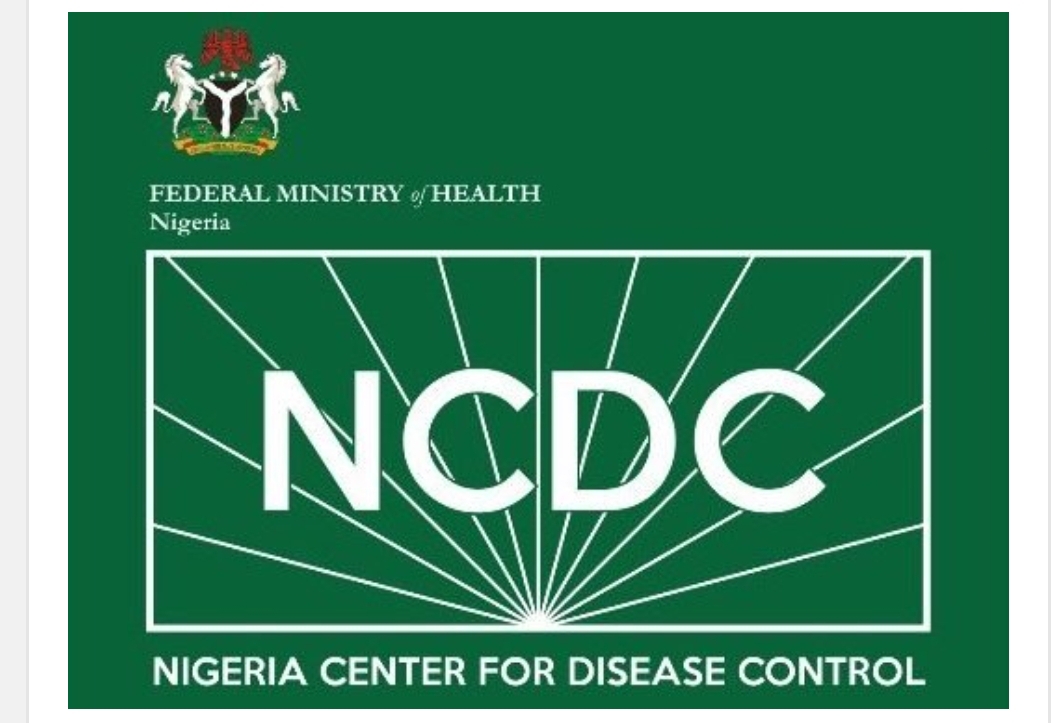Food as Medicine

The global medical foods market size was estimated at USD24.80 billion in 2024, and is projected to grow at a CAGR of 5.13% from 2025 to 2030, according to a recent report by Grand View Research, Inc. The report noted that market growth is “driven by the rising prevalence of chronic diseases like Alzheimer's, ADHD, osteoporosis, osteoarthritis, and central nervous system disorders.”
The Grand View Research report further revealed that, “Growing product launches and constant innovations by manufacturers are key factors expected to drive product demand. The need for new food to address inherited metabolic disorders and manage incurable conditions is on the rise.” The company cited as an example the 2022 Danone S.A. launch of “the first-ever dairy and plants blend baby formula in response to parents’ demand for vegetarian and flexitarian options for their babies.”
Further, the report added that “consumption of plant-based products is experiencing significant growth, with over one-third (37%) of EU consumers opting for a vegan, vegetarian, or flexitarian diet.” In line with other current trends, Grand View contributed that “almost 70% (69%) of parents now prefer their children to consume more plant-based foods.”
While there are foods and beverages marketed as contributing to health in order to prevent certain diseases or dysfunctions, to support immunity, or to be generally “better for you,” products presented as medicinal foods are those foods and beverages crafted to address specific disease states. Consumer studies have found that some three-quarters of Americans are interested in bioactive ingredients, with approximately half of those persons willing to pay more for products containing such ingredients.
The idea of medicinal foods are nothing new. A wealth of foods and beverages designed specifically for persons with diabetes have been on the market since at least the 1960s. And, of course, infant formulae could be considered among the original medicinal foods. Plus, hospitals have provided prepared nutritional interventions manufactured by CPG companies for decades as well.
What’s different today is the number of food and beverage manufacturers taking an interest in feeding a rapidly growing mainstream consumer interest in such products. Moreover, ingredient technologists have been diving into the science of nutritional intervention to support product makers in serving these consumers.
“Ingredient technology companies are allowing product developers to become more refined in how they are able to tackle the ‘food as medicine’ question,” explains Keith Ayoob, EdD, RDN Associate Professor Emeritus of Pediatrics at Albert Einstein College of Medicine, New York. “Their input can come from different angles, such as researching a ‘better-for-you’ product company’s main ingredients for previously unrecognized nutraceuticals with a targetable bioactive component. Or, they can examine different crop or ingredient sources to find out which one is providing the same ingredient but that has the better nutraceutical profile.”
David Feder, Executive Editor-Technical for the Prepared Foods network sat down with Dr. Ayoob to explore the topic of food as medicine, and clarify the difference between preventive products and products that address a disease or condition. Also discussed was how, when the concept first hit the mainstream, it seemed to focus predominantly on the latter, but that today the lines have blurred and the term is encompassing both.

Interview with Keith Ayoob, EdD, RDN Associate Professor Emeritus of Pediatrics at Albert Einstein College of Medicine, New York, and author/curator of the EdibleRx newsletter.
Listen to more from The Prepared Foods podcast.
David Feder, RDN, has been a food, nutrition and health journalist for 26 years. In spite of an academic background that began with psychology and biblical archaeology, David cut his teeth as a celebrated chef in Texas during the 1970s and 1980s, helping pioneer haute-health & fusion cuisines in high-end restaurants and hotels. In the 1990s he became a registered dietitian while completing research and coursework toward a Ph.D. in nutrition biochemistry at the University of Texas at Austin. Along the way he taught food science and nutrition while practicing as a nutrition counselor.












